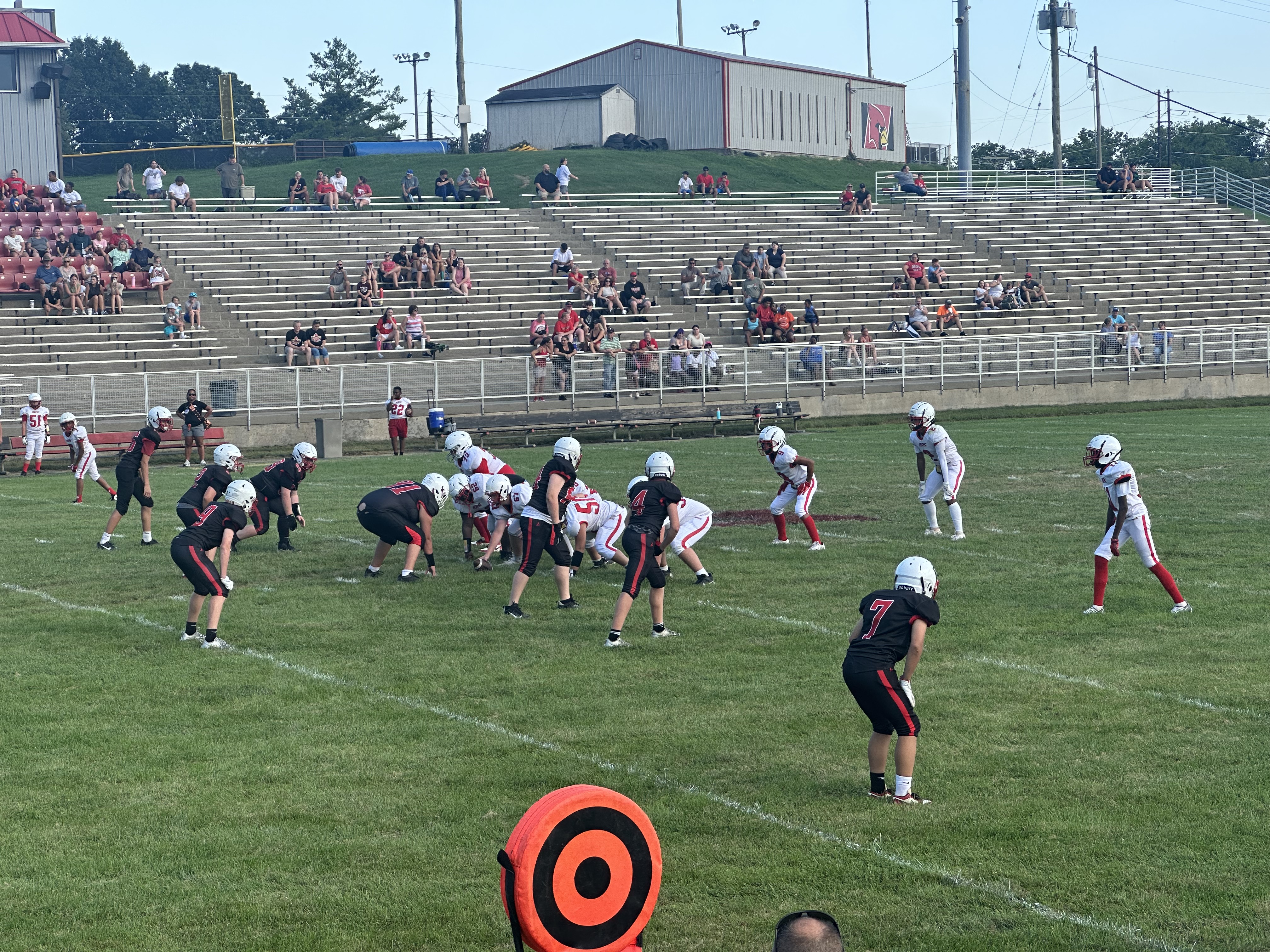Witt: Advertisers should stop dancing
Published 9:37 am Tuesday, June 26, 2018

- Chuck Witt is a retired architect and a lifelong resident of Winchester.
TV commercials seem, at times, to be more of an enigma than a means of imparting information to the consumer.
Consider, for instance, the proliferation of dancing in commercials. Ads such as Safe Auto, Wayfair, Kit Kat, Sol (Mexican beer), Keurig, Baskin Robbins, Mega Red, Quantas and Oscar Meyer all feature some degree of dancing. Even the drug Farxiga features dancing in its TV ad.
Why?
Trending
Do advertisers think dancing imparts some form of happiness that will be associated, even subliminally, with the efficacy of their product?
Even aside from the fact that a good deal of the dancing is terrible, one has to stop and ask why those who compose the ads can’t simply adhere to informing the public about the advantages of the product without resorting to a totally unassociated activity like dancing.
Receiving one’s package — with free shipping — from Wayfair may be an occasion for happiness, but it’s really doubtful that very many package recipients actually dance when their chair is delivered. More likely they’re immediately involved in reading the assembly instructions or looking for a part that is missing.
So, in the end, it is appropriate to suggest to advertisers they desist from including dancing in their ads; just tell the people why the product is better than the competitor … if it really is.
Then there are the infomercials, those commercials which want to sell the viewer something which has to be purchased by a phone call. “Call NOW.”
Of course they want you to CALL NOW, because that means that you won’t be taking the time to consider whether or not you really need the item. Make that purchase on the spur of the moment, before you have time to think about it, like that impulse buying as you check out at the supermarket or big-box store.
Trending
“But wait!” Beware those words, for they mean that something is coming to make the offer absolutely irresistible. Like doubling the offer … free. Just pay a separate fee. Wait, indeed! How can it be free if you have to pay a separate fee to get it?
And most of the time, the offer of a second item makes no sense at all. While a person is buying something that is probably going to be used once and then squirreled away never to see the light of day again, what would they possibly do with a second one!?
Perhaps the sock slider is a good example of “why would I need a second one?” The sock slider is a device designed to aid people with limited movement in donning socks.
The sock is placed on the device, the foot is then slid directly into the sock as it works its way effortlessly up the foot and onto the ankle.
In the first place, if a person can bend over and put a sock on this thing, what’s to keep them from bending over and putting the sock on their foot?
Secondly, if the ad offers the second sock slider “absolutely free, just pay a separate fee,” why would anyone need a second one? After all, most people only don one sock at a time. Although it might be challenging fun to try to utilize two of these things at the same time.
Come on, advertisers. Just tell people the simple truth about your product. Well, maybe not the simple truth, since that would probably reveal the total frivolity or uselessness of the product.
And, please, don’t advertise your prescription medications since those require a person to either call or visit their physician and try to explain to him or her they really need this new drug, despite its exorbitant cost.
Chuck Witt is a retired architect and a lifelong resident of Winchester. He can be reached at chuck740@bellsouth.net.





